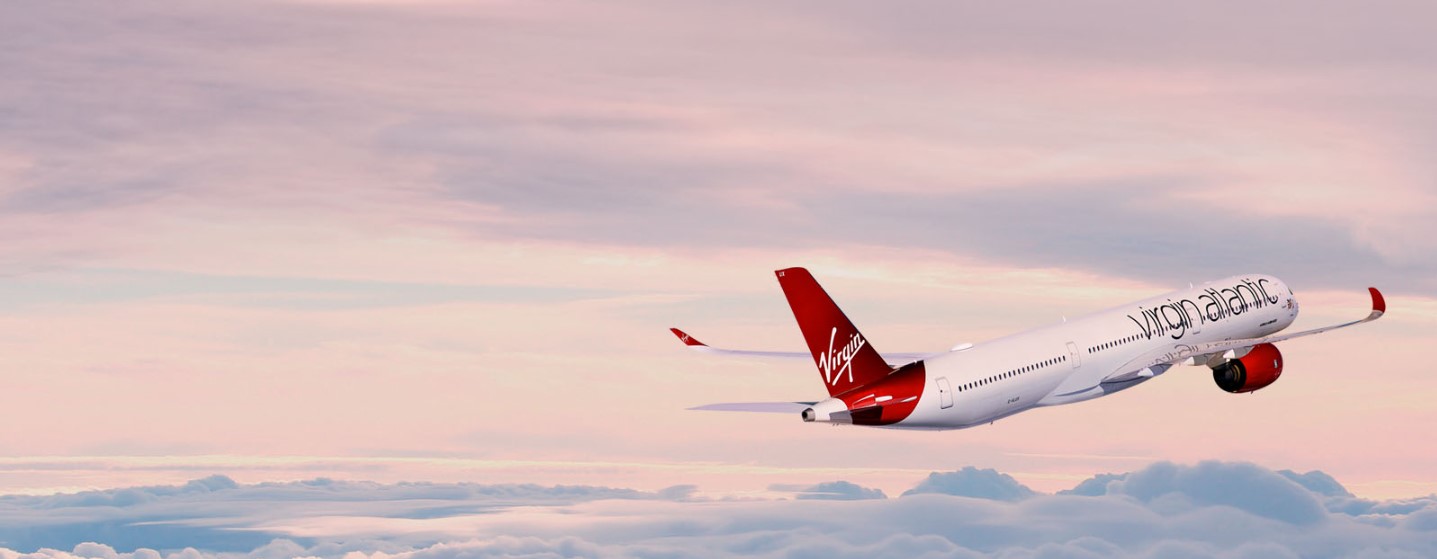Winglets have been understood since the beginnings of aviation. In fact an Englishman, Frederick W. Lanchester described them in 1897 before the Wright Brothers had even taken flight. Like many great pioneers of his time, Lanchester looked to birds for inspiration. He noted that soaring eagles had splayed upturned feathers at their wingtips and he incorporated this into his designs for model gliders. Find out more about this fascinating and unsung hero of aerodynamics
It was some time back in the early 80s when aircraft wings started to sprout ‘winglets’ –those things that look like fins attached to the end of the wing. But what are they, what do they do and how do they do it? Do they make the plane go faster, use less fuel or are they just another billboard for our marketing team to decorate?
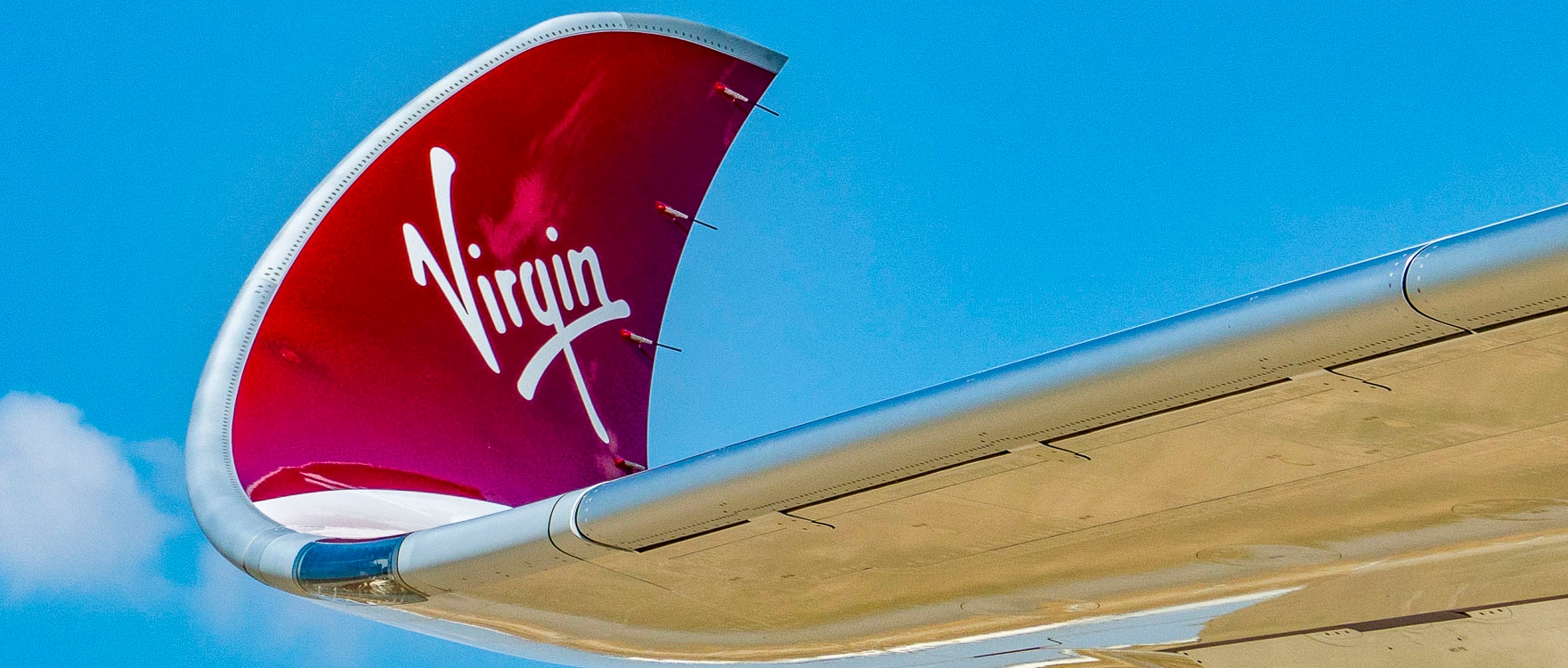
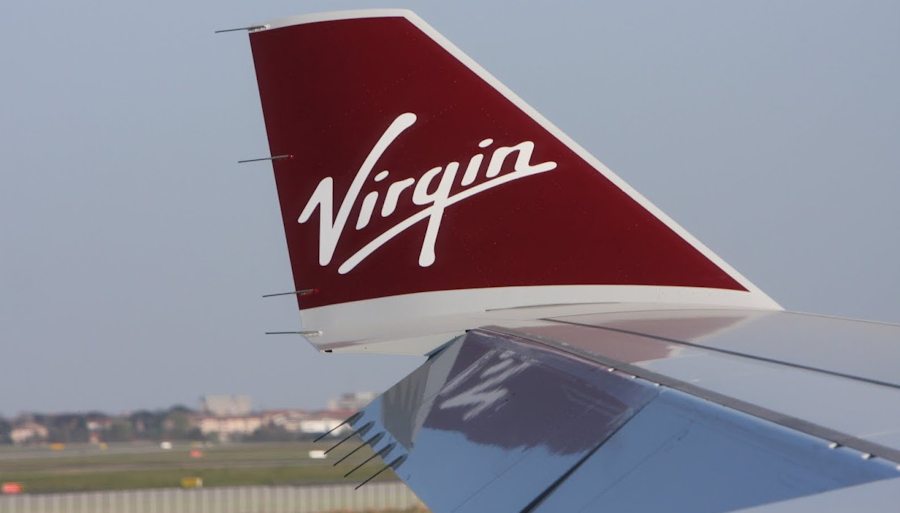
Airbus A330 winglet
What do they do? How do they work?
Winglets give aircraft a performance improvement of anything between five and seven percent. They do that by reducing the powerful vortexes that curl out behind the wingtip as the aircraft slices through the air. These occur when low-pressure air flowing over the wing and the high pressure flowing under the wing meet at the tip. The vortexes create drag, slowing the aircraft down and need to be countered with increased thrust and therefore more fuel burn. With clever aeronautical design –– and it is really complicated –– winglets can change and drastically reduce the vortex, so the aircraft needs less thrust to maintain the same speed.
The evolution of the winglet
Apart from some small wing tip plates seen on military aircraft during the wars, the first time the winglet appeared was on an enthusiasts aircraft called the Rutan VariEze in 1975. This was designed by our friend and Virgin Galactic founder Burt Rutan. A legendary aircraft designer, Burt is known for designing extremely efficient and sometimes unusual looking aircraft. The next stage in the winglet story came in the executive jet sector when they appeared on the Learjet 28 in 1977. Originally a test aircraft, the vertical winglets had first been conceived by NASA aerodynamics genius Richard T. Whitcomb at the Langley Research Center.
He went on to fit winglets to large tanker aircraft and realised impressive efficiency gains of up to 5%. Winglets really hit the mainstream after aviation was hit hard by a huge hike in oil prices in the mid-70s. This precipitated the jump to commercial airliners. Airbus put tiny fences on an early version of their A310, but the real beginning of winglet mania came with the new variation of the mighty Boeing 747 – the 400 series. The first 747-400 was delivered to Northwest Airlines in 1989, the first commercial aircraft with proper winglets.
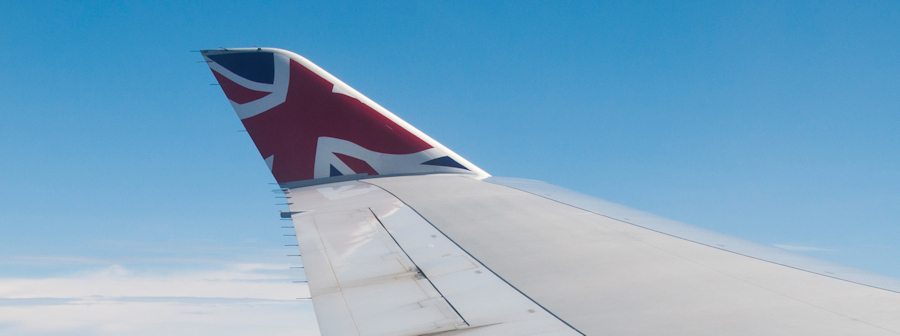
Boeing 747-400 winglet
Winglet design
Since then winglets have become the norm with nearly as many designs as there are types of aircraft. The ones found on our 747s and A330 are the original design created as a bolt on to an existing wing. Then there are those where the winglet extends above, and below the wing (called ‘The Fence’!) Later aircraft had what is called a blended winglet which has a smooth curved integration with the wing. Different winglet designs can boost different phases of flight. So long haul aircraft winglets are designed to give greatest efficiency gains in cruise, while short haul would look to boost performance around the take off and landing phases of flight.

The 747-200 with no winglets
Winglets on Virgin Atlantic
For the first ten years of our history, you wouldn’t find winglets on any of our aircraft. Our fleet consisted of Boeing 747 ‘classics’ –– that’s the 200 and 100 series aircraft. The first winglets to appear at Virgin Atlantic came with the delivery of our first Airbus A340-300 - G-VBUS in November 1993. Since then every aircraft in our fleet has sported them. Our first 747-400 and its winglets joined in April 1994.
Over the years our winglets have had three different painted designs. The original on those early A340s and 747s just had a Virgin ‘V’. We then painted the union jack on both sides of the winglet. Our current livery has plain (if you can ever call our gorgeous Andaro red ‘plain’) winglets on the outside with the full Virgin logo on the inside. This was done because we like to see it featured in your ‘out the window’ photos!
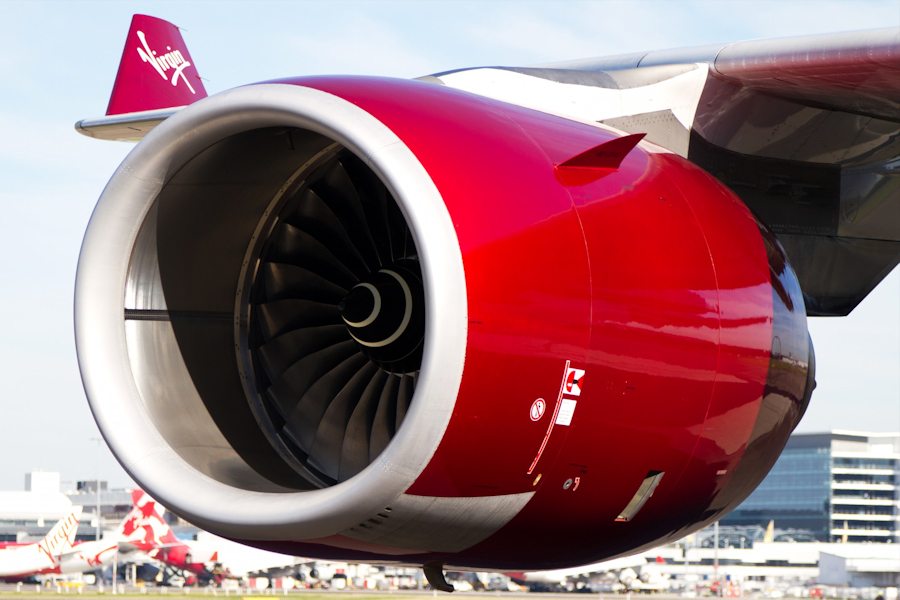
The future and beyond
With the latest aircraft in our fleet, the 787 designers had a clean sheet and created a wing with a tapered ‘raked’ wingtip. This tapered edge to the wing doesn’t look much like a winglet but does an even better job of reducing those pesky vortices. Combined with the composite materials and the ability to flex more, this gives the 787 the most efficient wings in the sky.
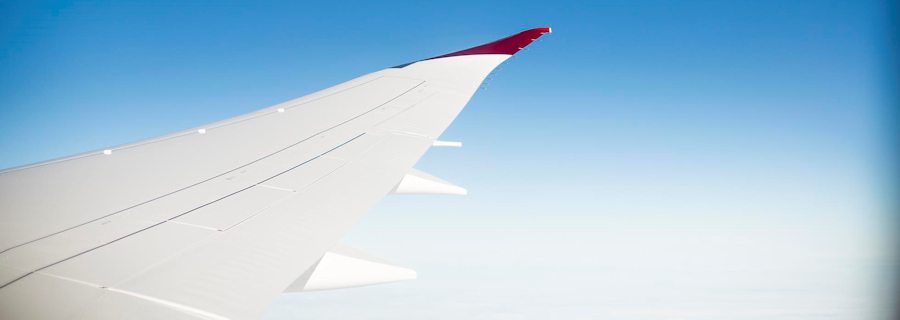
The 'raked' wingtip of our Boeing 787-9
Airbus have developed their own brand of winglet design they are calling ‘sharklets’. The best of these come with their new A350 XWB and when we first caught sight of them our inner #avgeek went into overdrive. They look amazing. Swept up and back in a graceful scimitar curve, they are as beautiful as they are efficient. Aircraft are a good example of where great design comes from the engineers and scientists. One thing’s for sure; wing design will continue evolving, and we look forward to seeing where the engineers, aerodynamics specialists and designers will take it next.

The Airbus A350-1000 shows off its design at the 2016 Farnborough Airshow
